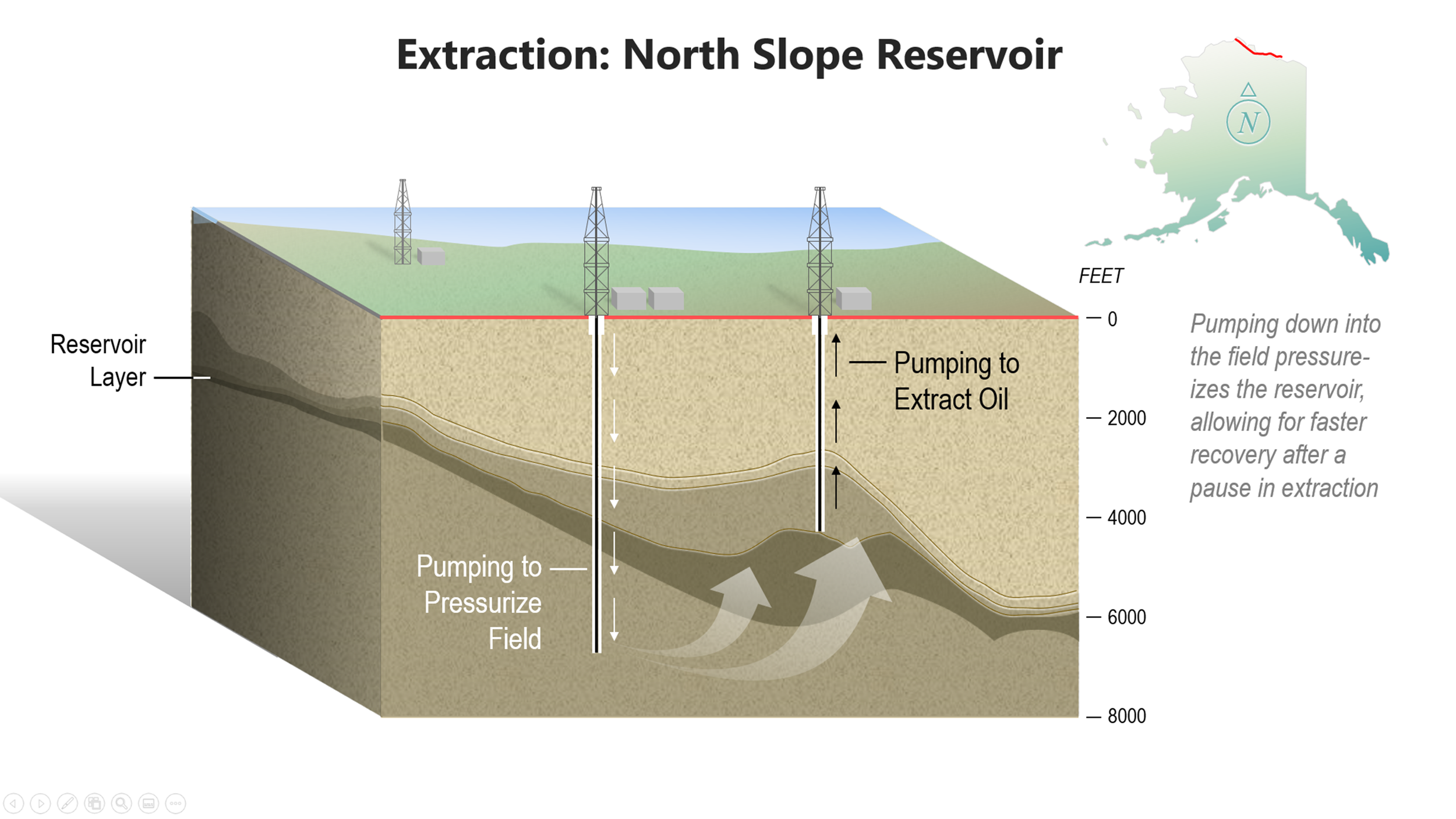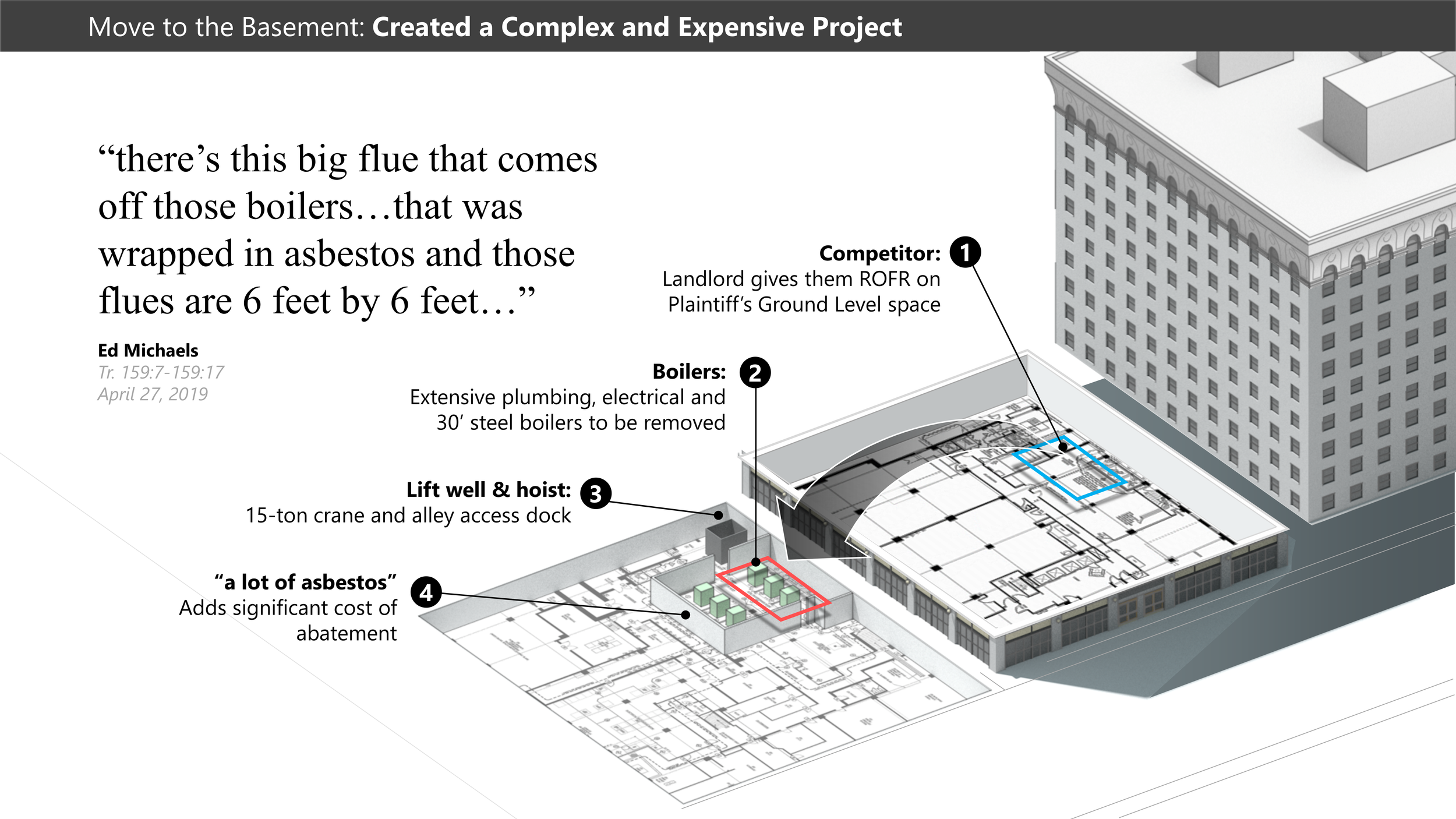In this age of ephemeral trial presentations,
the printed board has never been more relevant.
The court board stays where you put it. Judge and jury will look back at it again and again, letting your message sink in.
With simplicity and utility, trial boards never make the wrong impression. They say “I’m professional, organized, and I have a story to tell.” A board can help you convey a complex scene or sequence of events while taking advantage of its physical, tactile presence in the courtroom.
And when professionally designed, illustrated and produced, a court board can also be beautiful.
At Chicago Winter Company, we’re passionate about creating beautiful boards that make a material contribution to your case. Click below to begin collaborating with us.
Following are some examples of recent collaboration
with our clients…
This board features an illustration of something we all carry around with us—usually without thinking about how it gets the power to play such a big part in our lives.
Studies show that image complexity can actually work for you. That is, attractive and informative detail invites longer inspection, and aids retention.
Timelines are the workhorses of trial presentation. This example carries the chronology along with excerpts of evidence you’d like the jury to see repeatedly.
Court boards are simply a great way to present timelines, especially when you have a large number of events to order in time.
This board gives a simple tutorial on the practice of pressurizing a field pushes the product—crude oil and gas—to the extraction wells.
Printed 2D boards can present illustrations that convey depth and movement—even though they’re perfectly flat and only 1/4” thick.
This example features a clean, simplified rendering of a subject that can easily be portrayed in a grisly or off-putting manner.
Complicated illustrations, like this surgery example, may be referred to many times during testimony. A board can help create a teaching moment for judge and jury.
This example provides a list of players in a large family business, along with an org chart to show where investments came from and where assets were located.
Org and scheme charts are also good candidates for static presentation. Magnetic tiles can be applied during testimony or argument to show the movement of money or information.
Every case has a document or two that deserves a semi-permanent position in the courtroom. As with complex timelines or diagrams, board blowups invite repeated, more thorough inspection.
In patent cases, the claims are often on trial—this board puts key terms of Claim 1 in colors and a scale judge and jury can’t ignore.
In this example, screen graphics presented an animated 3D model with building descriptions of project steps. The board acts as a static and stable reminder—and physical embodiment of those elements.
Printed court boards can also act as an amplifier: sequences that are shown on screen can be presented on a board, to create a mixed media experience.














